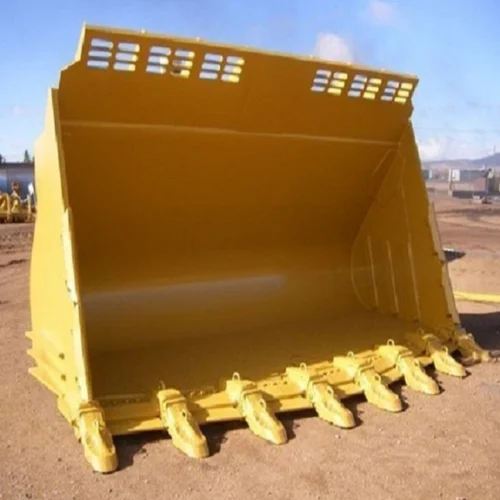
When it comes to earthmoving and material handling, two of the most essential attachments are loader buckets and excavator buckets. While they may appear similar at first glance, these buckets are designed for entirely different machines and serve unique purposes on the job site. Understanding their differences is crucial for selecting the right equipment for your specific tasks.
In this blog, we’ll break down the key differences between loader buckets and excavator buckets, helping you make an informed decision for your next project.
The primary difference between a loader bucket and an excavator bucket lies in their functionality.
Loader Bucket:
A loader bucket is designed for scooping, lifting, carrying, and loading loose materials like sand, gravel, soil, or snow. It is typically mounted to the front of wheel loaders, skid steers, or backhoe loaders. Loader buckets excel in moving large volumes of materials quickly across a site.
Excavator Bucket:
An excavator bucket, on the other hand, is built for digging and trenching. It attaches to the arm of an excavator and is used to penetrate the ground, scoop out soil, and perform precise excavation work. Excavator buckets are also designed for heavy-duty operations like rock breaking and demolition.
The structural design of these buckets reflects their intended use.
Loader Bucket Design:
Larger and wider to handle bulk materials.
A smooth, curved bottom for easy scooping and dumping.
Reinforced leading edge for durability against abrasive materials.
Often features bolt-on cutting edges that can be replaced as they wear out.
Excavator Bucket Design:
Narrower and deeper for digging.
Equipped with sharp teeth to penetrate tough soil, clay, or rock.
Heavy-duty side cutters to protect against wear during trenching.
Some excavator buckets are specialized (e.g., trenching buckets, grading buckets, rock buckets).
The loader bucket focuses on volume capacity and material flow, whereas the excavator bucket is optimized for precision and digging strength.
How these buckets are mounted to the machine also sets them apart.
Mounted on the loader’s front arms via a quick-attach coupler or direct pin-on system.
Operated using a lifting and tilting motion for scooping and dumping.
Allows the operator to push materials like a bulldozer when needed.
Excavator Bucket:
Mounted at the end of the excavator’s boom and stick.
Operates with a digging motion using the machine’s boom, stick, and bucket cylinders.
Enables vertical and horizontal digging, reaching depths and angles a loader cannot.
A loader bucket typically offers a much larger capacity compared to an excavator bucket. Loaders are designed to move bulk materials efficiently, while excavators focus on precision work.
For example, a standard wheel loader bucket may hold 1 to 5 cubic meters of material, whereas a standard excavator digging bucket might hold 0.5 to 1 cubic meter, depending on the machine size.
Each bucket type shines in different work environments:
Loader Bucket Applications:
Loading trucks with sand, gravel, or soil.
Snow removal and clearing debris.
Stockpiling materials.
Light grading and backfilling.
Excavator Bucket Applications:
Trenching for utilities.
Digging foundations or footings.
Rock excavation and demolition.
Dredging and river work.
While both bucket types are built tough, excavator buckets often have heavier-duty construction due to their exposure to abrasive digging conditions. Reinforced high-strength steel, wear plates, and replaceable teeth are common features.
Loader buckets, though durable, are more prone to abrasion from handling loose materials and therefore often feature bolt-on edges or wear-resistant liners.
Choosing between a loader bucket and an excavator bucket depends entirely on the task at hand. If your job requires moving large volumes of material quickly, a loader bucket is the right choice. But for digging, trenching, or precision excavation, an excavator bucket is unmatched.
For businesses working in construction, mining, agriculture, or landscaping, understanding these differences ensures you maximize efficiency and reduce wear on your equipment.
While both buckets are indispensable in their own right, they are far from interchangeable. Investing in the right type of bucket for your machine and application not only improves productivity but also extends the life of your equipment.
Whether you’re in the market for a heavy-duty loader bucket or a rugged excavator digging bucket, always consider your project requirements, material types, and operating conditions before making a decision.
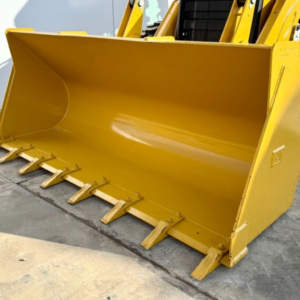
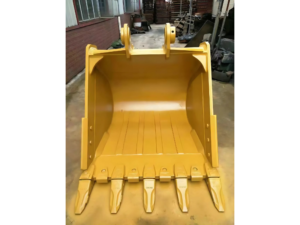
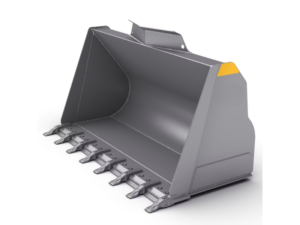
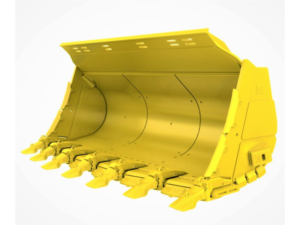



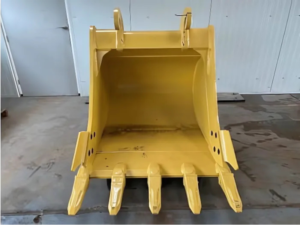
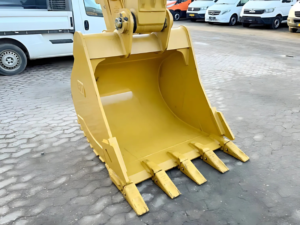
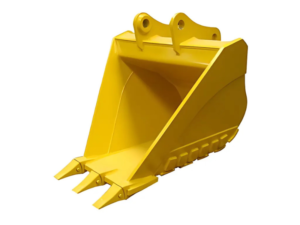
Excavator Rock Bucket | Excavator Skeleton Bucket | Excavator Trapezoidal Bucket | Excavator Soil Bucket | Excavator Loader Bucket | Excavator Single-Shank Ripper | Excavator Triple-Shank Ripper | Excavator Track Link Assembly | Excavator Tooth Points | Excavator JCB Teeth & Side Cutter | Excavator Idler | Excavator Sprocket | Excavator Lower Roller | Excavator Undercarriage | Excavator Track Group | Excavator Bolts | Excavator Rock Bucket in Chennai | Excavator Skeleton Bucket in Chennai | Excavator Trapezoidal Bucket in Chennai | Excavator Soil Bucket in Chennai | Excavator Loader Bucket in Chennai | Excavator Single-Shank Ripper in Chennai | Excavator Triple-Shank Ripper in Chennai | Excavator Track Link Assembly in Chennai | Excavator Tooth Points in Chennai | Excavator JCB Teeth & Side Cutter in Chennai | Excavator Idler in Chennai | Excavator Sprocket in Chennai | Excavator Lower Roller in Chennai | Excavator Undercarriage in Chennai | Excavator Track Group in Chennai | Excavator Bolts in Chennai | Excavator Rock Bucket in India | Excavator Skeleton Bucket in India | Excavator Trapezoidal Bucket in India | Excavator Soil Bucket in India | Excavator Loader Bucket in India | Excavator Single-Shank Ripper in India | Excavator Triple-Shank Ripper in India | Excavator Track Link Assembly in India | Excavator Tooth Points in India | Excavator JCB Teeth & Side Cutter in India | Excavator Idler in India | Excavator Sprocket in India | Excavator Lower Roller in India | Excavator Undercarriage in India | Excavator Track Group in India | Excavator Bolts in India
TEAM. All Rights Reserved. Developed by Pixel Tech.